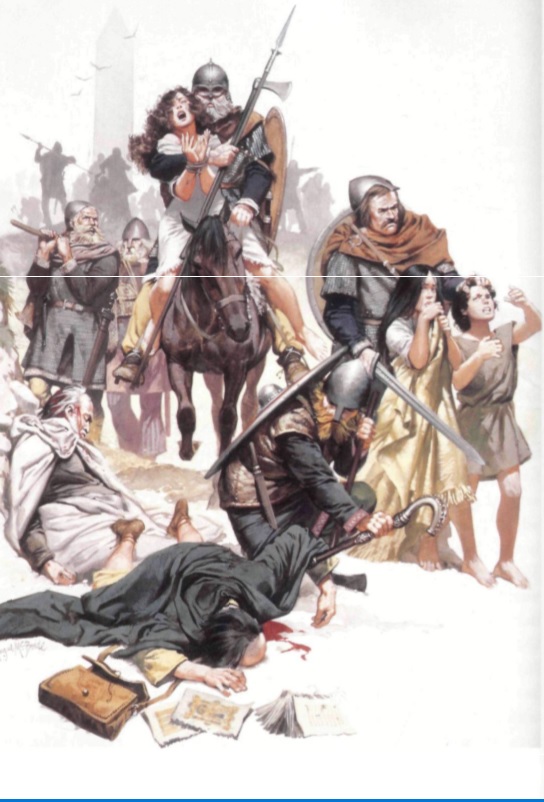

I began my adventure in Edinburgh, Scotland and finished in Florence, Italy cycling 8,816 km. Summer 2019 I did a solo cycling tour across Europe through 12 countries over the course of 3 months. There was some copper ore in the area which a former minister smelted but large scale production was not successful." - info from Wikipedia. Longformacus and Ellem were united in 1712 and Ellem church was disused. The parish was long united to Mordington, but was disjoined in 1666. Our Lady's Well is on the Dye Water, about a quarter of a mile east of the village. In 1667 the choir was in ruins, the church itself being "very ruinous." It was rebuilt on the old foundations in 1730, and a thorough renovation was made, in 1895. The church of Longformacus was dedicated by Bishop David de Bernham, 11 March 1243.

Derivation from Lann Fothir Maccus, meaning 'church on the land of Maccus' has also been suggested. Longformacus derives its name from the Gaelic Longphort Mhacais, meaning 'Macas's camp'. The Southern Upland Way, a Long Distance Route which crosses southern Scotland, passes through the village, and the Sir Walter Scott Way from Moffat to Cockburnspath passes through Longformacus. The opera Lucia di Lammermoor, written by Gaetano Donizetti and based on Sir Walter Scott's The Bride of Lammermoor, was set in the Lammermuirs and an old form of the village's name, Lockermachus, is mentioned in Scott's novel. In the vicinity are traces of an ancient fortification at Runklie or Wrinklaw and the Mutiny Stones cairn. The Dye Water runs through the village, flowing east towards its confluence with the Whiteadder Water nearby. It is around 10 kilometres (6.2 mi) north-west of Duns, in the Lammermuir Hills. "Longformacus (Scottish Gaelic: Longphort Mhacais) is a small village in Berwickshire in the Scottish Borders area of Scotland. The original settlement was located further upstream navigation was considerably easier on the River Glyde in the 9th century before the intervening build-up of sediment. The modern village is generally believed to be built on what archaeologists consider to be a man-made polder structure, constructed to provide shelter for the fjord.

The locals believe this Viking heritage is evidenced by the long-held residence of a seafaring man of "mythic proportions" and wild Scandinavian appearance and demeanour, known to the villagers as "The Bear".Īnnagassan was once as important as the Viking settlement at Dubh Linn (The Black Pool). There is a legend that one such Viking was stranded after a raid and settled there. These early raids were sporadic coastal attacks by small seaborne forces however, from the 830s, a new phase was characterised by larger fleets, which penetrated up navigable rivers and plundered extensive inland areas. In 827 the Annals of Ulster record that the Vikings attacked the Ciannachta people of Louth and north Meath. This has subsequently been confirmed by archaeological work. It was first mentioned as Linn Duachaill in AD 841 when the establishment of a Viking longphort was recorded. It sits where the River Glyde enters the Irish Sea. Wikipedia has the following information:- Annagassan (Irish: Áth na gCasán, meaning "ford of the paths") is a village in the townland of Ballynagassan, County Louth, Ireland. I hope that as you cross over the bridge from 2015 to 2016 you leave all your cares behind you and that you find joy and good shooting on the next years bank! Louth from the archives provides a motif for my New Years message. May I wish everybody on Flickr a very happy, prosperous and peaceful New Year?This view of the Glyde Bridge at Annagassan, Co.


 0 kommentar(er)
0 kommentar(er)
